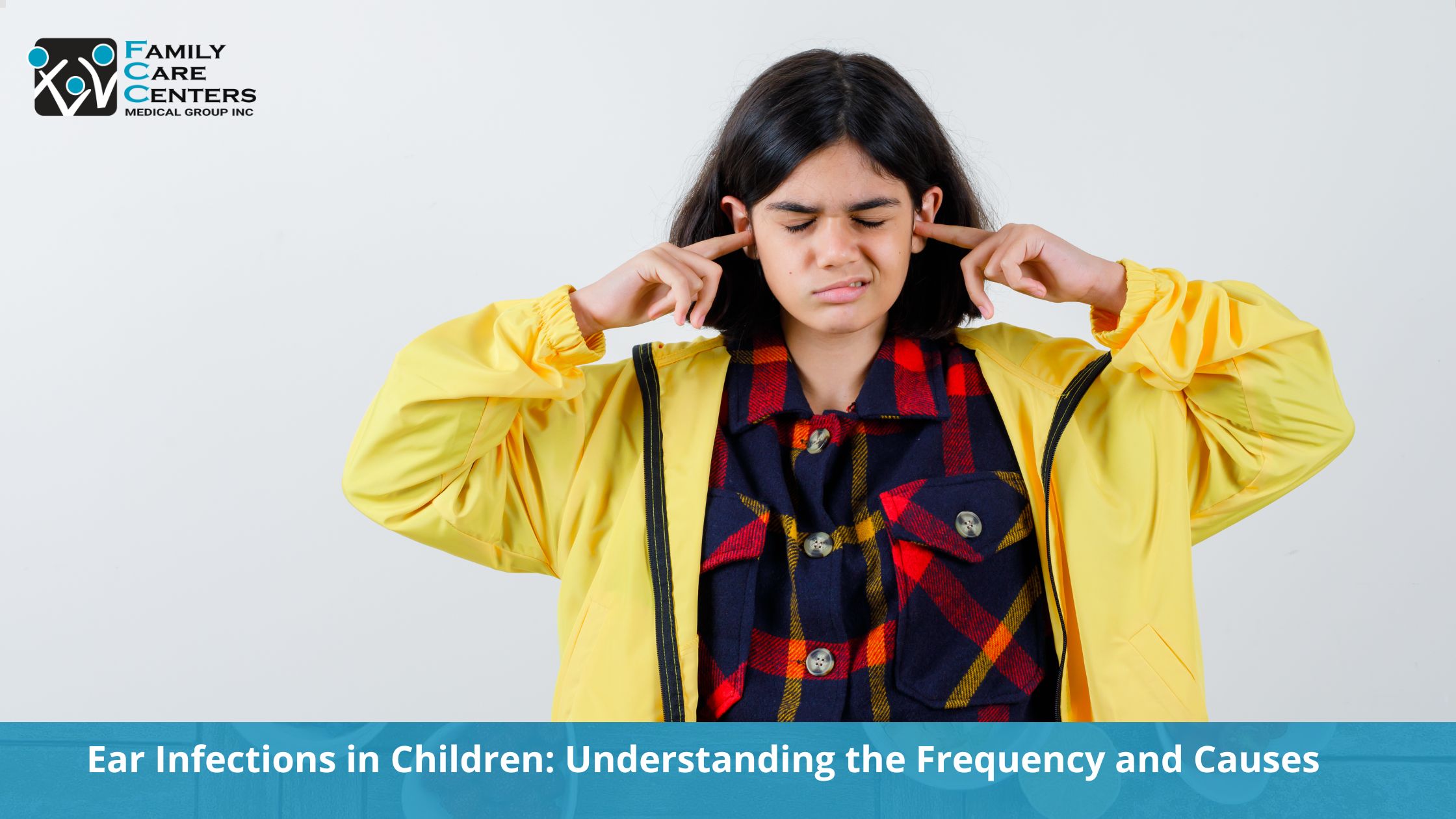

Fountain Valley Urgent Care Permanently Closed. We’re Here to Care for You at Our Other Locations.

Ear infections are a common childhood ailment, often causing discomfort for both children and parents. Understanding why these infections occur frequently in children and recognizing the symptoms can lead to early intervention and quicker recovery.
Medically known as otitis media, ear infections involve inflammation of the middle ear. Many children experience at least one episode before starting school. The prevalence in children stems from several anatomical and immunological factors.
The primary reason for children's susceptibility lies in the structure of their Eustachian tubes. These tubes, connecting the middle ear to the back of the throat, are shorter, more horizontal, and narrower in children than in adults. This anatomical difference facilitates easier travel of bacteria and viruses from the throat to the middle ear and traps fluids more readily.
Viruses and bacteria are the main culprits behind ear infections. When a child has a cold, allergies, or an upper respiratory infection, these germs can travel through the Eustachian tube into the middle ear, causing inflammation and infection. The resulting blockage prevents proper fluid drainage, creating an ideal environment for bacterial growth.
Different types of ear infections present distinct symptoms:
Sudden onset of ear pain
Fussiness or irritability in infants
Fluid drainage from the ear
Temporary hearing loss
Feeling of fullness or pressure in the ear
Mild hearing loss
Balance problems
Difficulty detecting symptoms in younger children due to lack of pain or fever
Similar symptoms to OME but persisting longer, potentially leading to hearing problems and speech delays if untreated.
Diagnosis typically involves a pediatrician examining the eardrum with a pneumatic otoscope. Treatment options may include:
Antibiotics for bacterial infections
Ear tubes for recurring infections
Home remedies like warm compresses and pain relievers
To minimize the risk of ear infections:
Keep vaccinations up-to-date
Encourage frequent handwashing
Ensure a smoke-free environment
Consider breastfeeding, which can reduce infection incidence
Limit exposure to sick individuals, especially in daycare settings
Understanding ear infections in children is crucial for prompt treatment and prevention. If your child shows signs of an ear infection, consult your pediatrician for an accurate diagnosis and appropriate treatment. By taking preventive measures and being proactive about ear health, you can help your child avoid the discomfort and complications associated with ear infections. Contact us at Family Care Centers Medical Group Inc. (FCCMG) for more information on pediatric health and wellness.
Stay informed and don't hesitate to seek medical advice if you suspect an ear infection. Early intervention is key to a swift recovery and maintaining your child's ear health.